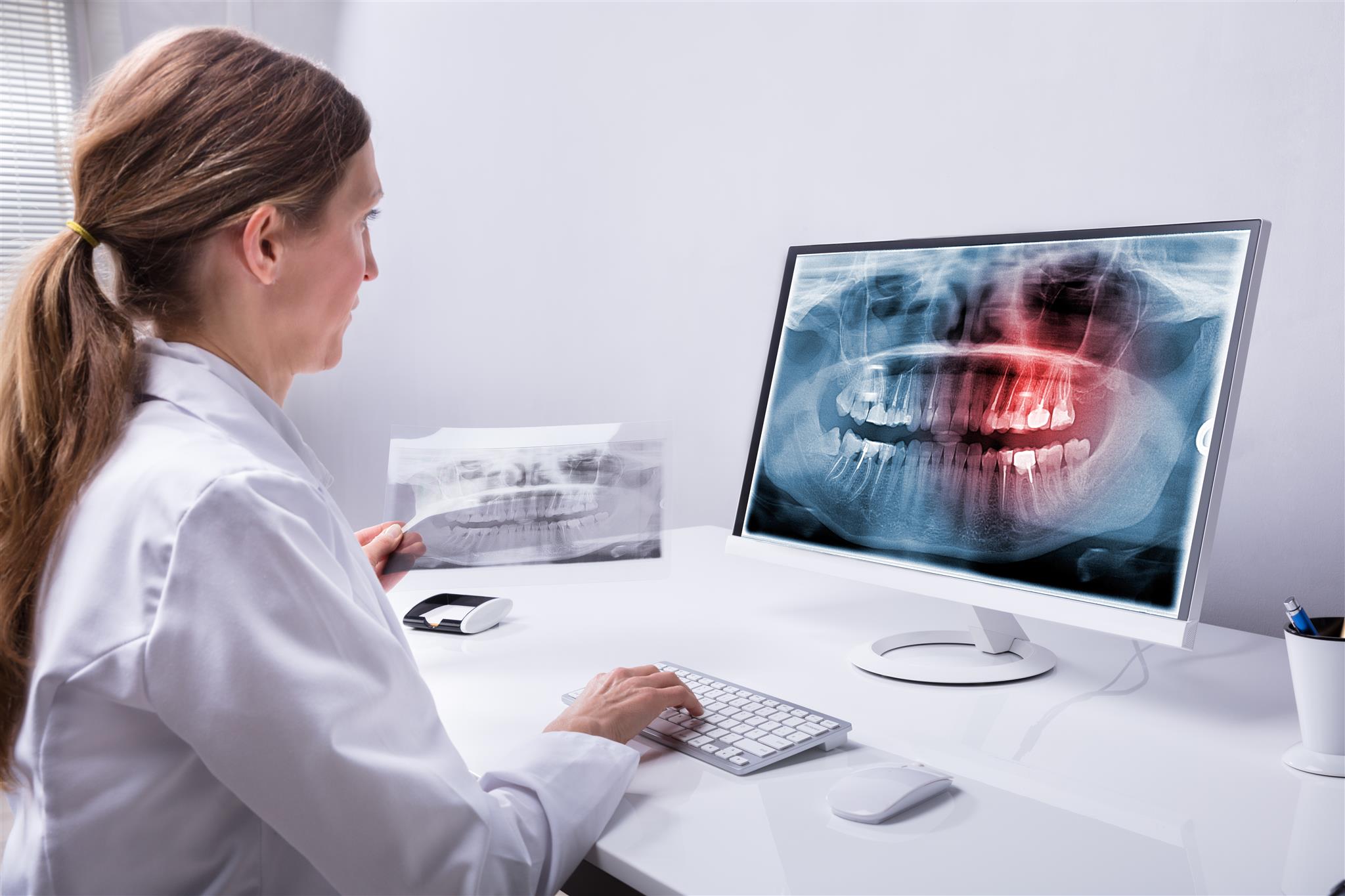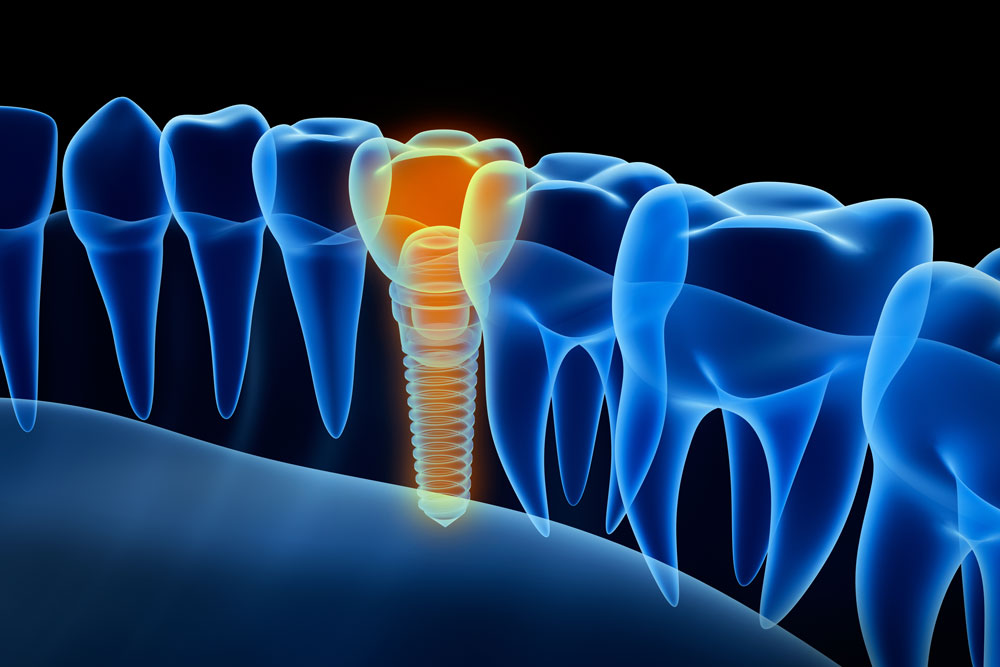Diagnostic Digital Dental X-Rays
For your dentist to provide the best possible dental care, a visual examination of your mouth may not be enough. Diagnostic Digital Dental X-rays are a tool used to complete the picture and allow us to examine the areas of your mouth not visible to the human eye.
X-rays provide the ability to see between and inside your teeth, as well as the roots of your teeth and the jawbone underneath your gums. Dental X-rays are a routine part of your dental examination and are most commonly used to check for cavities, extent of tooth decay, impacted teeth and wisdom teeth.
What Types of Dental X-Rays Do You Use?
All our dental X-rays are diagnostic digital dental X-rays that create up to 50% less radiation and produce the images we need much faster. The digital X-ray images are provided almost instantly so your dentist can view them with you right away. This means any issues or treatments can be accurately explained and you’ll be well informed. Your images can also be digitally stored, copied and shared for treatment plans and dental insurance requirements.
The most commonly used forms of X-rays are bitewing, periapical, occlusal and panoramic.
Bitewing X-rays allows us to inspect the crown areas of your teeth for early signs of decay.
Periapical X-rays allow us to view your teeth’s bone height and the tips of your roots.
Occlusal X-rays are used to show the floor or roof of your mouth to detect unexposed teeth, jaw fractures, cleft palates and more.
Panoramic X-rays give a view of your entire oral cavity to better show tooth spacing, bone irregularities or jaw disorders, and can also screen for oral cancer.
How Often Do I Need Dental X-Rays?
Your dentist will evaluate the frequency with which you require dental x-rays. New patients are advised to have X-rays taken during their first visit so that a total picture of their oral health is created and can be used as a baseline for the future. X-rays will generally not be necessary for regular patients on every visit, unless there are signs of an abnormality. However, having an up-to-date picture of your mouth is important and here X-rays play a vital role.
Are Dental X-rays Safe?
X-ray machines are specifically designed to minimize radiation, and the dental X-ray process creates a negligible amount of exposure. Our digital X-rays also create up to 50% less radiation than traditional X-ray machines, but to further reduce the risk of exposure, a lead apron and a lead collar are worn by our patients for extra protection.




